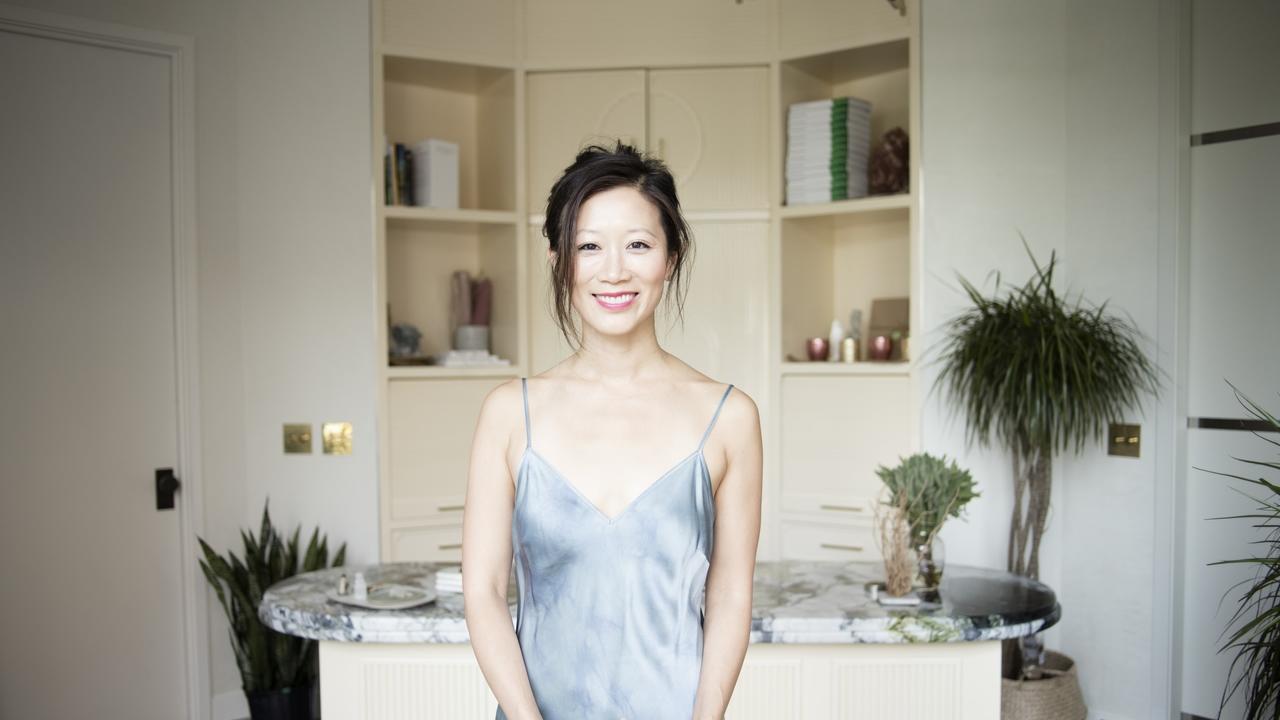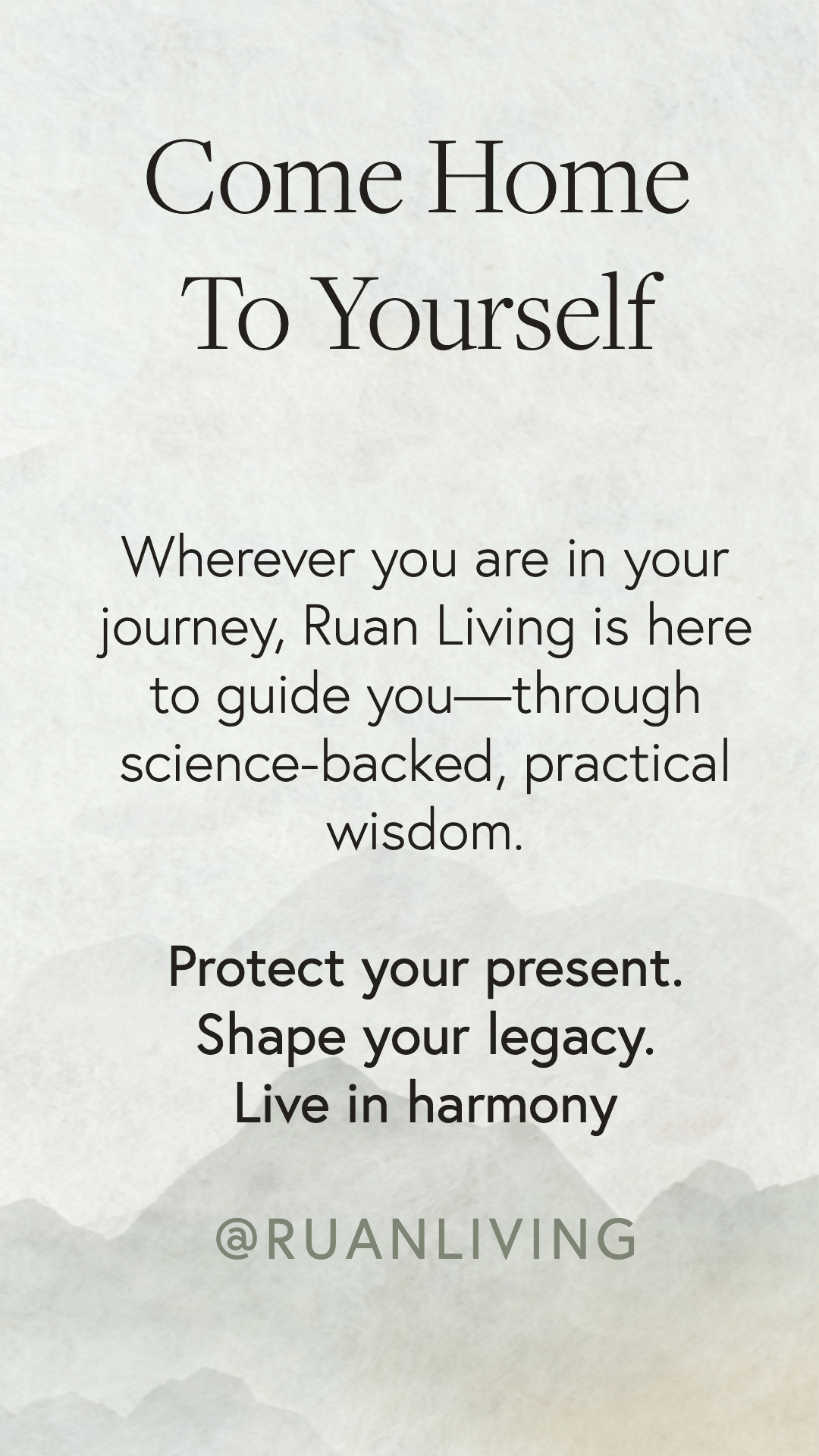
Sophia's Practical Nontoxic Skincare Strategy
May 29, 2019Getting informed is tricky business. Generally, the more I learn, the more conflicting factors I have to reconcile and balance.
The May skin detox theme reiterated to me the importance of shade, being in the sun mindfully, re-evaluating sunscreen applications (the children watched a video about most people not applying enough sunscreen), foods to incorporate into our diets this summer for skincare, and that sunscreen ingredients can enter our bloodstream and how they participate in our biology is not fully understood.
Below are highlights of my skincare approach, which balances various concerns and conflicting factors. I touch upon diet, sleep, and key products I use. Please note that this page contains Amazon affiliate links so I earn a % of what you buy after clicking the images above.
—Sophia Ruan Gushée
Solar Noon
I've heard that not all sun exposure is the same, and that, ideally, you want short exposures under "solar noon," a term that describes when the sun is at the highest point in the sky. What time this highest point occurs varies on things like the season.
Chapter 7 of the 2008 book Advances in Experimental Medicine and Biology (9), "At what time should one go out in the sun?," reported:
To get an optimal vitamin D supplement from the sun at a minimal risk of getting cutaneous malignant melanoma (CMM), the best time of sun exposure is noon. Thus, common health recommendations given by authorities in many countries, that sun exposure should be avoided for three to five hours around noon and postponed to the afternoon, may be wrong and may even promote CMM.
I couldn't find too much data on solar noon, vitamin D levels, and recommended sun exposure when considering high noon. So, if this interests you, ask your doctor!
I Use Diet to Boost My Skin Health, Beauty, and Sun Protection
Did you know that certain foods can boost your body's natural sun protection, improve skin health and complexion, and delay signs of aging? Below are key categories of foods that can help.(1,2)
- Orange and red fruits and vegetables. This category of foods are rich in antioxidants, like carotenoids, resveratrol, and vitamins C and E. Examples of these fruits and vegetables include oranges, berries, carrots, grapes, tomatoes, and sweet potatoes.
- Omega-3s. Omega-3s from healthy fish and nuts can help your skin moisture and reduce sunburn. Healthy sources include flaxseeds, walnuts, wild salmon, and sardines.
- Coffee, tea, and cocoa. Studies have found that they may help reduce the risks of sun damage, including skin cancer. Cocoa may help skin hydration and density, according to Perricone MD.
- Lycopene. Lycopene can help protect your skin from sunburns and skin cancer. Foods high in lycopene include watermelon, tomatoes, tomato paste, apricots, pink grapefruit, and red carrots.
- Spicy Roots. Ginger and numeric are two spicy roots that can improve your skin appearance and skin health.
Sleep
In addition to a healthy diet is good sleep. This is my biggest weakness, but it obviously improves my skin appearance and health. I delve deeper into the key conditions to promote higher quality sleep in my D-Tox Academy in the Home Detox workshop.
My Key Products for Skincare
Below are some products that have helped my practical nontoxic skincare.
1. Nutiva Organic Coconut Oil
Knowing that ingredients of moisturizing products can penetrate my skin, enter my body, and participate in unknown ways has led me to experiment with the most nontoxic ways to moisturize my dry skin. Having started with "nontoxic" off-the-shelf products and then experimenting with oils that are safe enough to eat, my current favorite is organic coconut oil by Nutiva.
I feel that not all organic coconut oils are the same. Nutiva's coconut oil feels most nourishing for my skin. I use it to moisturize my whole body and lips, remove eye makeup, and I have a separate jar for cooking!
2. The Wrinkle Cure
I read The Wrinkle Cure about 20 years ago. It enlightened me to how certain foods could improve my skin appearance. For example, after eating a lot of salmon, I would notice a much-improved skin complexion the next morning.
Today, I am much more thoughtful and reluctant about the fish I eat (and how much I eat) because of the contaminants found in fish, but when I notice my skin needs the benefits of salmon, then I eat more of it.
A book that I'm tempted to buy is a 2018 published book, Glow: The Dermatologist's Guide to a Whole Foods Younger Skin Diet. There are many others on the market, however.
2. EltaMD Facial Sunscreen Broad-Spectrum SPF 46
Recommended by my dermatologist, EltaMD has performed really well for me over several years. It doesn't contain the most worrisome sunscreen ingredients and relies on the mineral zinc oxide for sun protection.
Zinc oxide is considered a safe ingredient for sun protection. However, it probably contains nanoparticles, which I rather avoid. There are ongoing studies and debate about whether nanoparticles enter our bodies. However, the nanoparticles also help this facial sunscreen effectively protect my skin from sun damage while allowing the application of it to appear transparent. So this has been my choice for years. My body's moisturizer is as nontoxic as can be, but my face gets riskier because I rather it not look painted white!
3. Coolibar UPF 50+ Sun Protective Clothing
Sun protective clothing is an important part of practical nontoxic skin protection. When you are in the sun, sun protective clothing can help prevent sunburns. I started with Coolibar about 10 years ago when my children were young. Today, there are many more options, including cute options by J.Crew.
4. Coolibar UPF 50+ Sun Protective Hat
Hats should be worn often to protect your face from sun damage.
5. Dr. Bronner's Castille Soap
I have been washing my face and body with Dr. Bronner's Castille soap for about 10 years. I ask my dermatologist once a year, does the skin (on my face) look okay from washing it with just bar soap? He says It looks great! The skin's hydration and complexion show that there's no need to change anything.
I can't resist that value proposition from a bar of nontoxic soap that starts at $3.50, lasts for a LONG time, and can be used for body and face!
6. Organic Shea Butter
For years, I also use organic shea butter for uncomfortably dry winter skin in the northeast. Increasingly, I appreciate it year-round as my hands and feet age!
I've tried several brands of shea butter and they don't all soothe my skin. The one below is my favorite.
7. Laser skin treatment
My hyperpigmentation led me to a dermatologist's office a few years ago to explore how laser treatments could help. I tried a couple, and was delighted! Some moles on my face were zapped. And other areas of hyperpigmentation cleared up.
Products I had tried in the past for hyperpigmentation posed health risks, and it was questionable whether they were effective. I actually never remembered to use the products as I should. Laser treatments may save money from the cost of the hyperpigmentation lotions that also posed health risks. Laser treatments definitely save me time while delivering results quickly. Results last from a few months to a year, depending on the hyperpigmentation. Added bonus: These treatments can boost collagen production and clear complexions.
8. Sunscreens for the body
The most nontoxic sunscreen in my household is from Badger. It's effective and the ingredients are the safest we know of. However, it applies as a thick cream that the kids find uncomfortable (I do too) and it appears white. But, it remains a staple in my household for when my children are likely to burn, like on a tennis court, or on the water, for hours around noon in July.
For the times when sunburn is less likely, I give my family a break with the sunscreen below.
Increasingly, I've allowed my kids to use both. For example, they may use Think Baby on their bodies and face, but Badger on uncovered shoulders and hands (areas that are most likely to burn faster).
For more of my sun protection strategies, please read: Practical Nontoxic Strategies to Manage Sunburn, Vitamin D Deficiency, and Toxic Sunscreens
Related Content
I hope you find this post helpful. Below are other articles you may also appreciate.
- Practical Nontoxic Strategies to Manage Sunburn, Vitamin D Deficiency, and Toxic Sunscreens
- Clean Beauty Q&A with Mama Medicine
- Clean Beauty Q&A with Kimberly Snyder
- Traditional Chinese Medicine Helped My Daughter's Eczema
References
(1) Drayer, Lisa. "Protecting your skin from the inside out." CNN. May 17, 2019. https://www.cnn.com/2019/05/17/health/healthy-skin-diet-sunscreen-drayer-food/index.html
(2) Perricone MD, 2018. "6 Foods to Prevent Sun Damage." https://www.perriconemd.com/patented-sciences/6-foods-to-prevent-sun-damage.html
🎁 unlock your ULTIMATE HOME DETOX™ starter pack
Download the Ultimate Home Detox™ Starter Pack—your free set of practical, science-backed tools to begin reducing toxic exposures in your everyday life.
- Nontoxic Cleaning Guide
- Forever Chemicals Detox Starter
- EMF Detox Challenge
- Safe Cookware Starter Kit
- Kitchen Detox Checklist
- Fertility / Pregnancy / Children's Detox
Join 349,000+ people who’ve turned to Ruan Living for trusted, practical nontoxic guidance. These resources have helped thousands begin their journey toward a healthier home—and they’re yours, free.
GET YOUR ULTIMATE HOME DETOX™ STARTER PACK NOWWe hate SPAM. We will never sell your information, for any reason.













